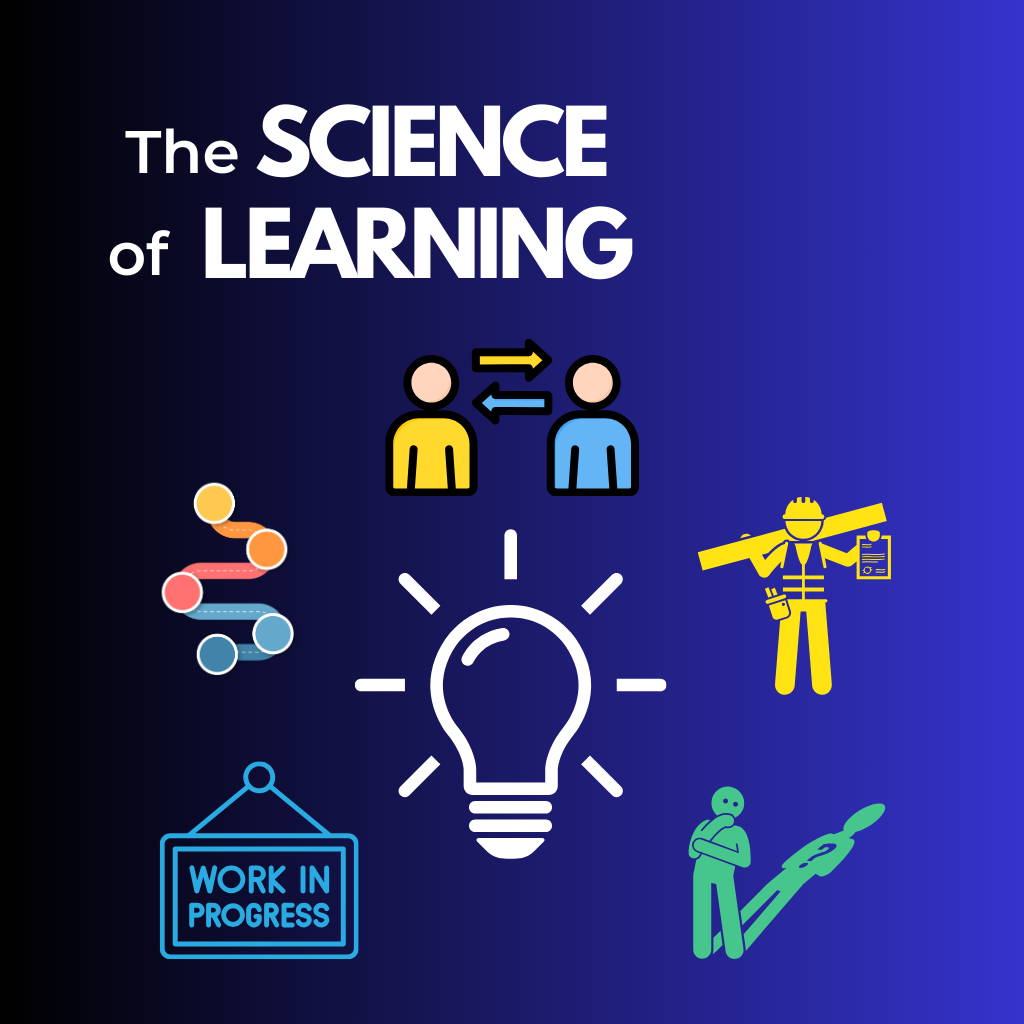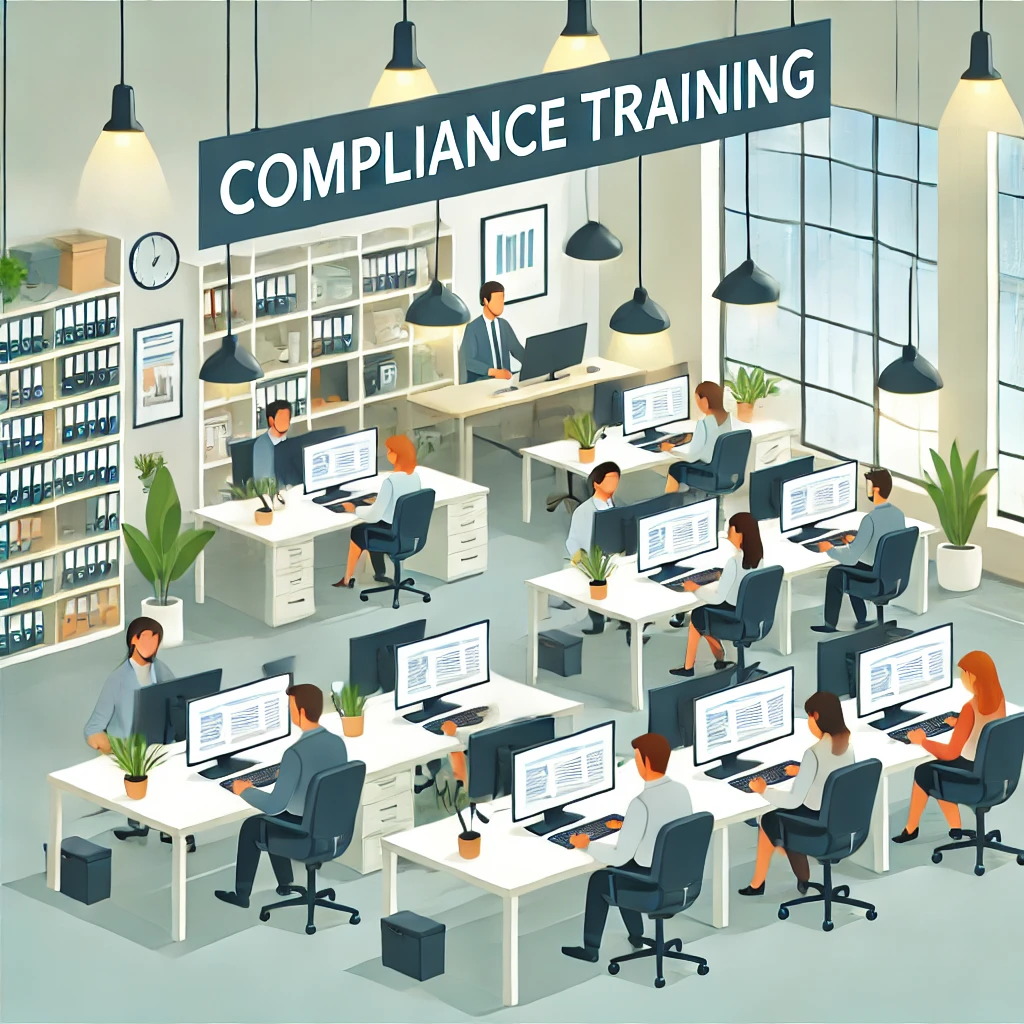Personas help instructional designers to connect with learners and create personalized learning experiences. Developing personas helps the designer to better understand the audience and develop courses and elearning materials that are geared towards a specific group of people.
Gathering the Basics
The first step to creating a persona is gathering demographic information. Similar to how marketing works, personas help instructional designers to develop courses for a specific audience. It is best to interview a variety of potential learners in an in-person setting so that emotions and body language can be observed, although if necessary, this can also be gathered online or by phone. Interview questions should not contain unnecessary personal details that do not affect the design or content. Basic demographics such as gender and age should be considered when developing a persona, as well as some more detailed information such as a person’s skills, goals, and experience on the job; however, it is important to not ask questions that are unnecessary and do not apply to the learning goals.
Creating the Persona
After you gather and dissect the demographics, you can create your persona. A persona should include details such as, behavior, goals, motivation, and skills. Since there is likely to be diversity in your learner’s experience, level of knowledge on the topic, and other demographics, “A single persona is rarely sufficient for marketing or eLearning purposes; most organizations will have between three and five personas” (McNamee, 2018). You can utilize your personas to display content differently, for example if one type of persona often reads books to find information, you may use a more text based approach than someone who watches youtube videos to gather new information. When interviewing learners, focus on what they find exciting and what they find boring. “Customizing dynamic personas in this way will help enhance the learning experience and foster development” (Wallace, 2019).
Instructional designers and learning developers often get sidetracked by what they find interesting and attractive, developing a persona to keep in mind while designing the course helps L&D professionals to stay focused on the audience. “When you create your personas, search for images that capture their essence and help you think of the real learners represented by the personas” (Wallace, 2021). While creating and utilizing personas does not affect the content of a course, it ensures that your learners relate to the content and feel engaged leading to more successful eLearning.
References:
Mcnamee, L. (2018, July 26). Personas can drive engagement, improve elearning experience. Learning Solutions Magazine. Retrieved June 17, 2022, from https://learningsolutionsmag.com/articles/personas-can-drive-engagement-improve-elearning-experience
Wallace, D. (2019, December 11). Creating learner personas for learning success. Training Industry. Retrieved June 17, 2022, from https://trainingindustry.com/articles/content-development/creating-learner-personas-for-learning-success/#:~:text=Learner%20personas%20are%20well%2Ddeveloped,skill%20level%20and%20preferred%20platforms
Wallace, D. (2021, May 12). 4 steps to creating learner personas. eLearning Industry. Retrieved June 17, 2022, from https://elearningindustry.com/steps-to-creating-learner-personas





